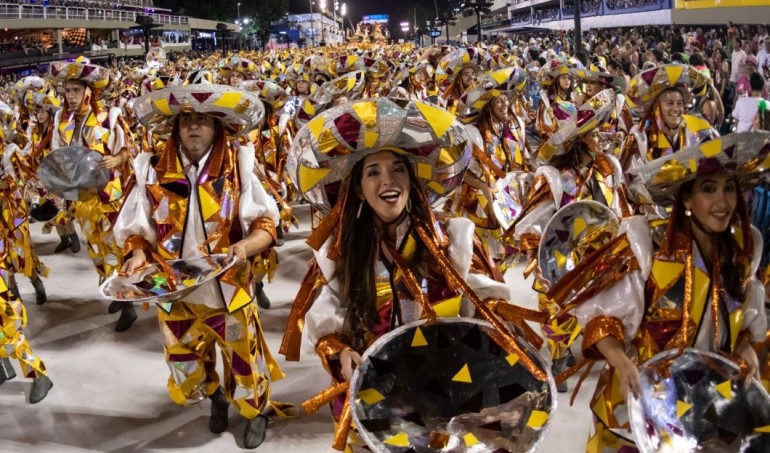Sponsored Listings:
A study by the administrator of the Hospital Brsurgery, Roberto Carvalho Dias, concluded that COVID-19 spread in Brazil during the carnival holiday. The investigation was based on information that the first confirmed case of the disease in Brazil occurred on 26 February, one day after the carnival holiday.
Taking into account that the symptoms of COVID-19 can take up to 14 days to manifest after the moment of contagion, it is easy to conclude that the case of a 62-year-old man, who had returned from a trip to Italy, and who was announced as the first death on March 16 in São Paulo, would already have been infected before the carnival.
However, on April 2 the Health Surveillance Secretary, Wanderson de Oliveira, announced that after a retrospective investigation of cases of respiratory syndrome, it was possible to identify a positive case, apparently the first officially registered in Brazil, on January 23. According to another research from the Instituto Oswaldo Cruz (IOC/Fiocruz), before the carnival holiday there were 17 Brazilians infected with the coronavirus in hospitals and nine dead. During the festivities, 24 people were hospitalized and there were already 10 deaths.
Returning to the study by the Hospital Brsurgery administrator, who considered that 99% of people are asymptomatic, when the first case appeared there were probably already more people infected with the virus in Brazil. These people went to the streets during the carnival and spread the disease to other people.
Although the theory that coronavirus spread on a large scale during the three days of the carnival holiday has no scientific basis, according to the Brazilian Ministry of Tourism, Brazil’s largest popular festival has broken public records in several regions this year, with millions of visitors. The cities of Olinda, Recife and Salvador welcomed 22.1 million people, the largest number ever. Information released by Rio de Janeiro’s city government says more than 6.4 million people enjoyed the blocos and samba school parades in the capital between February 21 and 26.
The tourism sector was hit the hardest by the pandemic. According to a study by Accenture, 75% of tourism revenues were lost. Several attractions and destinations have been opened to visitors again. Serra Gaúcha, Gramado and Canela hotels, parks and attractions are allowed to operate with restrictions. The Mother’s Day weekend was the first of the new phase of gradual revival of tourism. The resumption of tourism, amid the coronavirus pandemic, divides opinions among health experts. But in one respect, everyone agrees: the decision involves risk, to some degree.
Source: tourism-review.com










